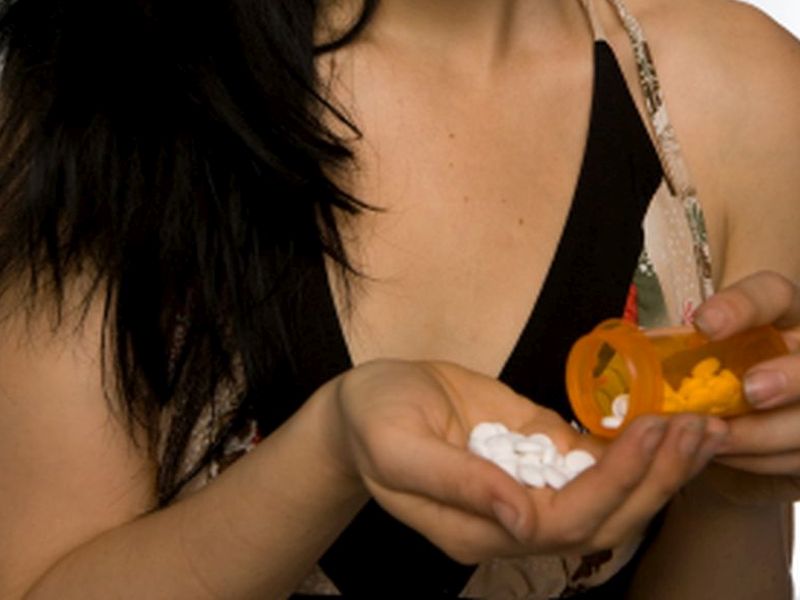Poor, Minorities Shortchanged on Opioid Addiction Treatments

WEDNESDAY, May 8, 2019 (HealthDay News) -- When it comes to opioid addiction treatments, money and race matter, researchers say.
White, wealthy Americans are much more likely to receive medication for their addiction than minorities and the poor, the new study found.
Racial and financial differences have only grown wider as the opioid crisis in the United States has worsened, even though opioid addiction rates are similar among whites and blacks, according to Dr. Pooja Lagisetty, an assistant professor of internal medicine at the University of Michigan, and her colleagues.
The new analysis of 2012 to 2015 data found that for every appointment where a black patient received a prescription for the opioid addiction medication buprenorphine, there were 35 such appointments for white patients.
There was a large increase in the overall number of buprenorphine prescriptions written at outpatient clinic visits over the previous decade, but a decrease in the percentage of those visits where the patients were black, the investigators found.
The percentage of those visits paid for by cash or private insurance grew far faster than the percentage paid by Medicaid, which covers low-income people, and Medicare, which covers people with disabilities and adults over age 65, the findings showed.
Between 2012 and 2015, patients paid cash for nearly 40% of outpatient visits where buprenorphine prescriptions were written, while private insurance covered the cost of 34% of the visits, a significant increase from just under 20% a decade earlier.
Medicare and Medicaid, which provide medical coverage to 30% of all Americans, accounted for just 19% of such visits, according to the researchers.
For patients who pay cash, a single prescription of buprenorphine can cost several hundred dollars, the study authors noted in a university news release.
More than 2.3 million Americans have an opioid use disorder, but less than half are receiving medications approved to treat the disorder. Medication is the only treatment that has years of evidence showing it can help patients recover from opioid addiction.
In the early 2000s, just 0.04% of all outpatient visits in the United States included a prescription for buprenorphine. That rose to 0.36% by the mid-2010s, or about 13.4 million visits.
The study was published May 8 in JAMA Psychiatry.
The differences in rates of buprenorphine prescriptions at clinic visits suggests inequalities in access, Lagisetty noted.
"We shouldn't see differences this large, given that people of color have similar rates of opioid use disorder," she said.
"As the number of Americans with opioid use disorder grows, we need to increase access to treatment for black and low-income populations, and be thoughtful about how we reach all those who could benefit from this treatment," Lagisetty added.
"Cash-only buprenorphine clinics have proliferated in recent years, which may be expanding access for those with the means to pay in certain regions. But the high costs may be prohibitive for those who cannot afford to pay. In addition, we know that patients do better when they remain on the medication long-term. Paying hundreds of dollars per month can be a major barrier to staying engaged in care," Lagisetty said.
More information
The U.S. National Institute on Drug Abuse has more about medications to treat opioid addiction.

The news stories provided in Health News and our Health-E News Newsletter are a service of the nationally syndicated HealthDay® news and information company. Stories refer to national trends and breaking health news, and are not necessarily indicative of or always supported by our facility and providers. This information is provided for informational and educational purposes only, and is not intended to be a substitute for medical advice, diagnosis, or treatment.

